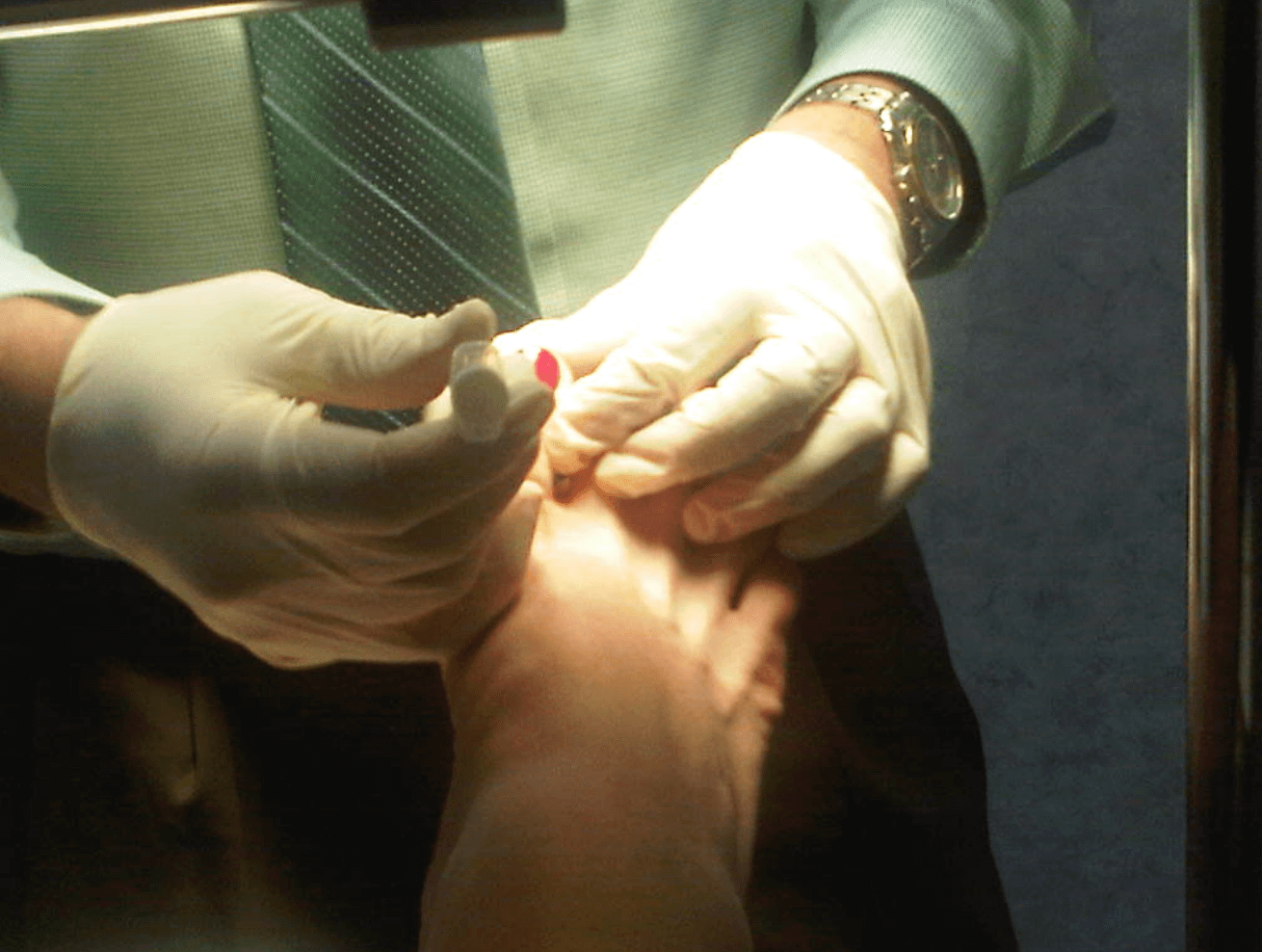Many foot problems have an inflammatory component. But surprisingly some foot problems have a degenerative aspect also. For example Achilles problems often involve degenerative changes within the tendon itself. The tendon can also have thickening (Achilles tendinosis). Over time this degenerative process changes and calcification of portions of the Achilles tendon can occur. For example near the insertion site of the Achilles tendon at the heel bone or calcaneus.
This is different than a heel spur on the bottom of the foot. This is very common and often happens on both the right side and left side. Sometimes these degenerative changes are quite extensive and the long-term calcification can actually convert to bone-like spurs that need to be surgically removed (Achilles tendon surgery).
If you have Achilles problems or enlargement on the back of your heel and would like to have evaluation, please contact our office at 425-391-8666 or make an appointment online. Our Issaquah Podiatrists would love to see you!














